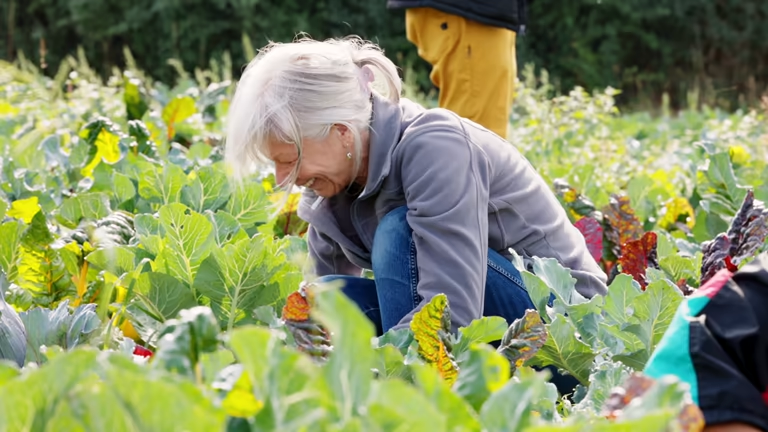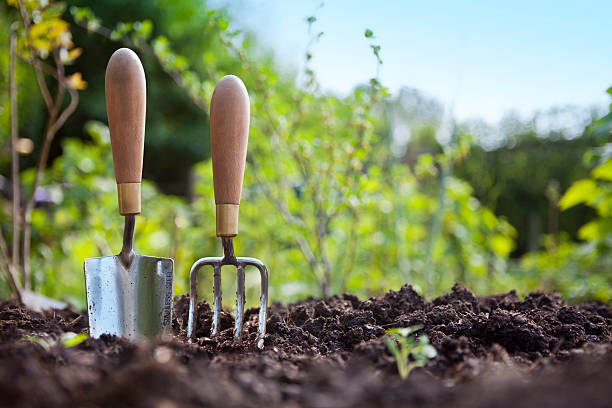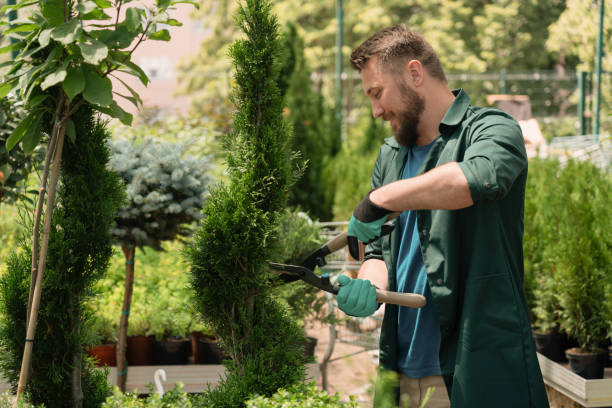From Seed to Bloom: A Beginner’s Journey in Gardening
Gardening is a rewarding and therapeutic hobby that allows you to connect with nature while creating a vibrant, living space. For beginners, the journey from planting a tiny seed to witnessing a full bloom can be both exciting and challenging. If you’re just starting out, this guide will help you navigate the basics and set you on the path to a thriving garden.
1. Choosing the Right Plants
Before you dig in, consider what you want to grow. Beginners often have the most success with:
-
Easy-to-grow flowers: Marigolds, sunflowers, and zinnias are hardy and bloom quickly.
-
Herbs: Basil, mint, and parsley are low-maintenance and useful in the kitchen.
-
Vegetables: Lettuce, radishes, and cherry tomatoes grow well in containers or small gardens.
Research which plants thrive in your climate and soil type to ensure a higher chance of success.
2. Preparing the Soil
Healthy soil is the foundation of a thriving garden. Follow these steps:
-
Test your soil: Check pH levels and nutrient content (kits are available at garden centers).
-
Amend the soil: Add compost or organic matter to improve fertility and drainage.
-
Loosen the soil: Turn it over with a shovel or tiller to help roots grow easily.
3. Planting Seeds or Seedlings
-
Starting from seeds: Follow packet instructions for depth and spacing. Keep soil moist but not waterlogged.
-
Using seedlings: Transplant young plants carefully, ensuring they have enough space to grow.
4. Watering Wisely
Overwatering is a common mistake. Instead:
-
Water deeply but less frequently to encourage strong roots.
-
Early morning is the best time to water, reducing evaporation and fungal risks.
-
Use mulch (straw, wood chips) to retain moisture and suppress weeds.
5. Providing Sunlight & Care
Most plants need 6-8 hours of sunlight daily. Monitor their growth and adjust as needed:
-
Rotate pots for even sun exposure.
-
Use stakes or trellises for climbing plants like peas or beans.
-
Remove dead leaves and flowers to encourage new growth.
6. Dealing with Pests & Problems
Common garden pests (aphids, slugs) can be managed naturally:
-
Introduce beneficial insects like ladybugs.
-
Use neem oil or soapy water sprays.
-
Handpick larger pests if necessary.
7. Celebrating Your First Blooms
As your plants grow, you’ll see buds forming—soon, they’ll burst into beautiful blooms! Take time to appreciate your progress:
-
Harvest herbs and veggies when ready.
-
Cut flowers for bouquets to enjoy indoors.
-
Take photos to track your garden’s growth.
Final Thoughts
Gardening is a journey of patience and learning. Mistakes will happen, but each one teaches you more about nurturing life. Whether you’re growing flowers, herbs, or vegetables, the joy of seeing your first bloom makes every effort worthwhile.





